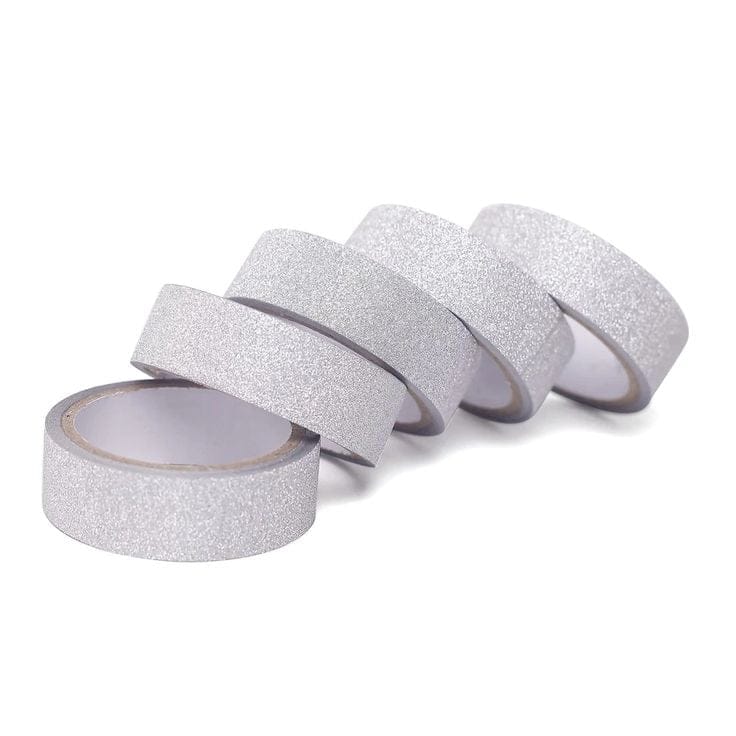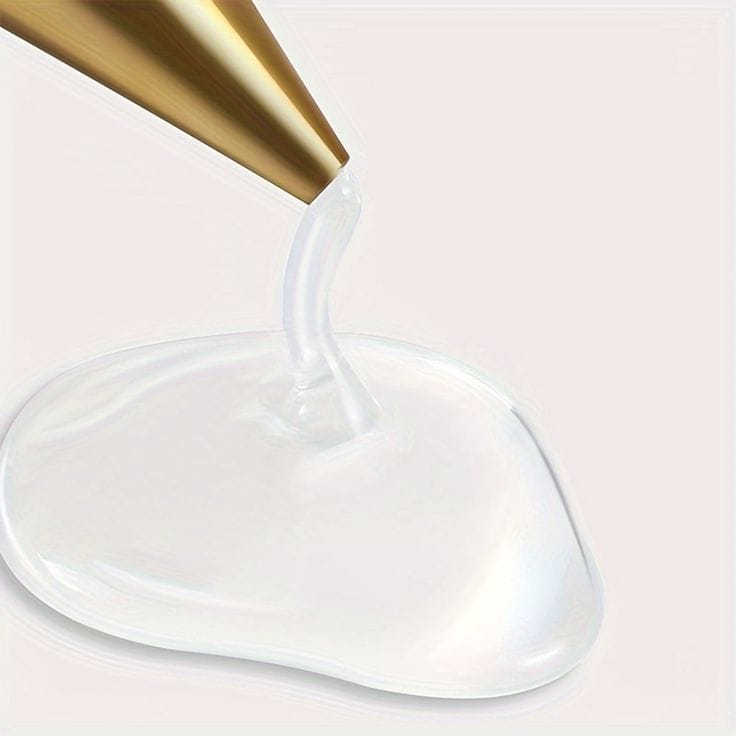Comparison of Liquid Adhesives and Tape sealants
Adhesives are among the essential tools in various industries and everyday applications used for bonding different materials. Liquid adhesives and tape adhesives are two main types of sealants, each with its own specific features and applications. In this article, we will compare these two types of sealants in terms of applications, price, ease of use, efficiency, and other characteristics to help you choose the most suitable type of sealant.

Liquid Adhesives
Liquid adhesives are used in a wide range of applications, from heavy industries to household uses. These adhesives are ideal for bonding materials such as metals, plastics, wood, and fabrics due to their ability to penetrate small pores and form strong bonds between surfaces. There are various types of liquid adhesives, such as hot melts, epoxy, polyurethane, and silicone, each with specific characteristics and applications.

Tape sealants
Tape sealants are primarily used in situations where a quick and easy bonding solution is needed. This type of adhesive is more commonly used for packaging, home repairs, sticking paper and cards, and even in some industrial applications. There are also various kinds of tape sealants , including double-sided tape, electrical tape, and masking tape, which can be chosen based on the application type.
2. Price
Liquid sealants :
The price of liquid sealants depends on their type and quality. Generally, more advanced liquid adhesives, like epoxy and silicone, tend to be more expensive. In contrast, simpler sealants, such as PVA and latex, are more affordable. It is essential to consider that liquid adhesives can be more economical than tape adhesives in many cases due to better usage efficiency and higher durability, especially when a strong and stable bond is needed.
Tape sealants :
Tape adhesives are usually cheaper than liquid adhesives, especially in smaller volumes. However, in cases where a large amount of adhesive is required, costs can escalate quickly. Cheaper tape adhesives, such as masking or electrical tape, are often suitable for many everyday applications due to their ease of use and low cost.
3. Ease of Use
Liquid sealants:
Liquid sealants require more precision for application and sometimes necessitate tools such as brushes or applicators. Additionally, the drying and curing times of liquid adhesives are typically longer, and parts may need to be held together until fully cured. Therefore, using these adhesives demands more skill and time.
Tape sealants:
Tape sealants are significantly easier to use than liquid sealants s due to their simple design and quick usability. These adhesives do not require special tools and can be quickly applied by cutting the tape and adhering it to the desired surface. This feature makes tape adhesives a popular option for situations where speed and ease of use are crucial.
4. Efficiency and Durability
Liquid sealants:
Liquid adhesives generally provide higher durability and efficiency due to their ability to form strong bonds between surfaces. These adhesives perform well in various environmental conditions, such as high temperatures, humidity, and pressure. For example, epoxy and polyurethane adhesives are very resistant to water, heat, and mechanical shocks, making them the best choice for industrial applications that require very strong bonds.
Tape sealant:
Tape adhesives typically have lower efficiency compared to liquid adhesives and are more sensitive to environmental factors such as humidity and temperature. For instance, tape adhesives may lose their adhesive properties at high temperatures or in extreme humidity. However, there are more robust tape adhesives designed for specific applications, such as outdoor use or in certain industries.
5. Appearance and Cleanliness of Use
Liquid sealant:
One of the challenges of using liquid adhesives is the potential for creating stains and messy lines during application. This issue can be problematic, especially in art applications or packaging where the final appearance is important. Furthermore, liquid adhesives may stick to hands or clothing during use, making cleanup difficult.

Tape sealants:
Tape adhesives are cleaner to use than liquid adhesives due to the absence of spreading and better control, leaving fewer residues. This feature makes tape adhesives the first choice for applications where cleanliness and appearance are essential.
Final Thoughts
Both liquid adhesives and tape sealants have their advantages and disadvantages, and the choice between them depends on the type of application, needs for efficiency and durability, budget, and ease of use. Liquid adhesives, with their high durability and specific capabilities, are utilized in various industries, particularly for heavier applications and stronger bonds. In contrast, tape adhesives are more suitable for household and general applications due to their ease of use and lower price. By better understanding the characteristics of each type of adhesive, you can make a more informed choice for your specific needs and achieve the best results from your sealant applications.

